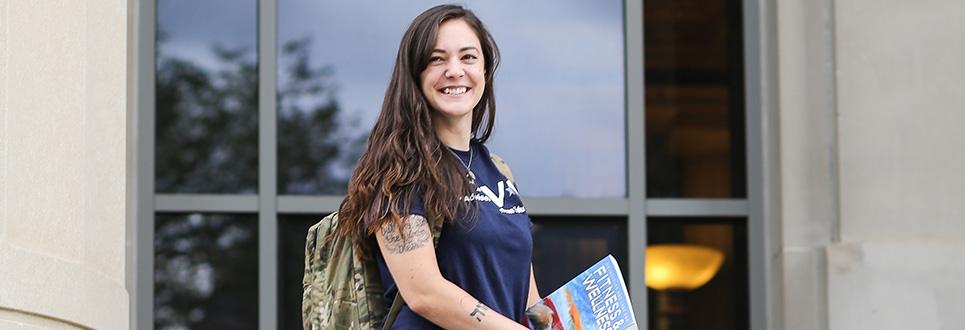Transfer Credit


When transferring courses, students usually receive the number of semester hours of credit (i.e., quarter hours converted to semester hours) earned on the campus(es) in which the courses were completed, regardless of the number of credit hours that the same or similar courses are worth on the Ann Arbor campus. (Individual academic units may have limits on the number of transferable credits. Please check with the applicable school or college.)
Transfer students are expected to have completed a balance of college general education courses that show progress toward distribution areas and toward prerequisites for their major concentration.
Equivalent Credit
Courses at other colleges and universities that closely match the descriptions of courses taught on our campus will usually transfer as “equivalent credit.” Courses completed at other universities will appear on the University of Michigan transcript with a U-M course number assigned.
Departmental Credit
Courses taken that do not match courses in the same departments on our campus may transfer as “departmental credit.” Departmental credit, while transferable and usually applicable as elective credit, may only be used to meet distribution and/or concentration requirements with the permission of an academic or concentration advisor.
Interdepartmental Credit
Courses that cover a broad range of topics within a general area of study are considered “interdepartmental credit.” These are courses that, because of the scope of their subject material, cannot be assigned to any individual academic department. Like departmental credit, interdepartmental credit is usually applicable as elective credit. It must, however, be approved by an academic or concentration advisor if it is to be used toward distribution and/or concentration requirements.
Examples of Distribution Areas
Humanities: literature, philosophy, fine arts
Social Science: history, political science, psychology, sociology
Natural Science: biology, chemistry, physics
Mathematical and Symbolic Analysis: computer science, mathematics, statistics, linguistics
Creative Expression: film, music, theater and drama
The University of Michigan will evaluate and award credit for applicable learning experiences at military schools. In order for credit to be granted, the material covered in the school must be like the material taught in a course at UM-Ann Arbor. The amount and level of credit given is determined by the faculty in the appropriate university department. No credit is awarded for schools that are specific to military activities or for Military Occupational Specialty (MOS).
The Defense Language Institute (DLI) at the Presidio of Monterey (CA) is regionally accredited at the higher education level. Courses completed at the DLI are evaluated in the same way as courses from other universities. You must have an official DLI transcript sent to the Office of Undergraduate Admissions when you apply.
College of Literature, Science, and the Arts (LSA)
LSA and the College of Engineering do not grant credit toward graduation for any courses offered through the Officer Education Program except for those courses which are cross-listed in other academic units (effective September 1, 1971 for LSA) or courses that have a University Course cross-listing. For LSA, these latter courses count as non-LSA course work if the cross-listed offering falls outside LSA academic departments or programs.
College of Engineering
The College of Engineering’s acceptance of cross-listed course work can vary depending on the engineering degree program and specific elements relative to the respective degree.
Visit the Office of Undergraduate Admissions’ website for live chat or to ask a question.